Best Lenses for Candid Photography: A Complete Guide
Candid photography thrives on spontaneity, authenticity, and the ability to capture fleeting moments without disrupting the natural flow of a scene. Choosing the right lens plays a crucial role in achieving the best results, allowing photographers to work discreetly while delivering sharp, compelling images. In this guide, we will explore the best lenses for candid photography, covering essential factors such as focal length, aperture, lens type, and specific recommendations to suit different scenarios.
Why Choosing the Right Lens Matters
Lenses impact image quality, framing, depth of field, and how easily you can blend into the environment. A good lens should offer:
- Versatility – Adaptability to different lighting conditions and distances.
- Sharpness – High-quality glass ensures crisp, detailed shots.
- Fast Aperture – Helps in low-light conditions and creates beautiful background blur.
- Portability – Lightweight options make it easier to capture spontaneous moments.
Key Features to Look for in a Candid Photography Lens
When selecting a lens, consider the following factors:
1. Focal Length
- 35mm – Ideal for environmental portraits and storytelling.
- 50mm – Often called the “nifty fifty,” this lens offers natural perspective and versatility.
- 85mm – Great for tighter portraits with flattering compression.
- 24-70mm – A zoom lens that balances flexibility and quality.
2. Aperture (f/Stop)
A wide aperture (e.g., f/1.4, f/1.8) allows more light to enter the lens, creating:
- Better low-light performance – Essential for indoor or evening shots.
- Shallow depth of field – Isolates subjects and adds aesthetic blur (bokeh).
3. Prime vs. Zoom Lenses
- Prime Lenses – Offer superior sharpness and wider apertures but lack zoom.
- Zoom Lenses – Provide flexibility to frame shots without moving, useful for street or event photography.
4. Autofocus Speed
Fast and accurate autofocus ensures you capture fleeting expressions and movements without blur.
5. Size and Discretion
Smaller lenses attract less attention, making them ideal for capturing genuine, unposed moments.
Best Lenses for Candid Photography
Best Prime Lenses for Candid Photography
1. 35mm f/1.8 or f/1.4
- Why it’s great: Natural perspective, lightweight, and excellent for storytelling.
- Best for: Street photography, travel, and environmental portraits.
- Recommended models:
- Sony FE 35mm f/1.8
- Canon RF 35mm f/1.8 Macro IS STM
- Nikon Z 35mm f/1.8 S
2. 50mm f/1.8 or f/1.4 (The “Nifty Fifty”)
- Why it’s great: Versatile, affordable, and offers stunning background blur.
- Best for: Portraits, low-light shooting, and everyday candid moments.
- Recommended models:
- Canon EF 50mm f/1.8 STM
- Sony FE 50mm f/1.8
- Nikon Z 50mm f/1.8 S
3. 85mm f/1.8 or f/1.4
- Why it’s great: Flattering compression for portraits and excellent bokeh.
- Best for: Close-up candid portraits, weddings, and street photography.
- Recommended models:
- Canon RF 85mm f/1.8 STM
- Sony FE 85mm f/1.8
- Nikon Z 85mm f/1.8 S
Best Zoom Lenses for Candid Photography
4. 24-70mm f/2.8
- Why it’s great: A versatile zoom lens that covers wide to short telephoto.
- Best for: Events, weddings, and travel photography.
- Recommended models:
- Tamron 28-75mm f/2.8
- Sony FE 24-70mm f/2.8 GM
- Canon RF 24-70mm f/2.8L IS USM
5. 70-200mm f/2.8
- Why it’s great: Allows you to shoot from a distance without intruding.
- Best for: Capturing natural expressions at events and concerts.
- Recommended models:
- Canon RF 70-200mm f/2.8L IS USM
- Nikon Z 70-200mm f/2.8 VR S
- Sony FE 70-200mm f/2.8 GM OSS II
Pro Tips for Using Lenses in Candid Photography
1. Use a Wide Aperture
Apertures between f/1.8 and f/2.8 help in low-light conditions and create a beautiful background blur that emphasizes the subject.
2. Keep Your Distance
Longer focal lengths (85mm, 135mm, 200mm) let you shoot without getting too close, keeping interactions natural.
3. Blend Into the Scene
Avoid drawing attention to yourself. Use smaller prime lenses for a more inconspicuous approach.
4. Use Silent Shutter Mode
Many cameras have a silent shutter setting, allowing you to capture moments discreetly.
5. Take Advantage of Natural Light
Position subjects near windows or open spaces for soft, flattering light.
Conclusion
Selecting the right lens for candid photography depends on your style, environment, and subject. Whether you prefer prime lenses for their sharpness or zoom lenses for their flexibility, understanding their strengths will help you capture genuine, compelling moments effortlessly.
Which lens is your favorite for candid photography? Share your thoughts in the comments!

Mobile Photography Hacks: Candid Moments with Your Phone

Professional Model & Portfolio Photoshoots: Show Your Best Work

Street Photography Tips, Effects & Poses – Complete Guide

Leica Q2 for Photography: Why It’s Loved by Photographers
Mobile Photography Hacks: Candid Moments with Your Phone
Discover high-impact mobile photography hacks to capture genuine, gorgeous candid moments with your phone. Learn practical tips, composition secrets, and pro techniques to turn everyday scenes into stunning visual stories. Introduction: The New Age...
Professional Model & Portfolio Photoshoots: Show Your Best Work
” Discover how to plan, style, and execute stunning portfolio photoshoots that showcase your skills, personality, and versatility. This comprehensive guide covers professional tips, posing ideas, gear suggestions, and industry insights for models and...
Street Photography Tips, Effects & Poses – Complete Guide
Discover the ultimate guide to Street Photography with expert tips, creative effects, and dynamic poses. Learn how to capture authentic urban moments, master composition, and tell powerful visual stories through your lens. Article Outline...
Leica Q2 for Photography: Why It’s Loved by Photographers
Introduction: The Cult Status of the Leica Q2 The Leica Q2 is not just a camera—it’s a statement. Combining the heritage of German precision engineering with modern digital excellence, it holds a special place...
Top Cameras Under ₹1 Lakh for Freelance Photography
Freelance photography is no longer a niche—it’s a booming creative profession that demands not only vision and hustle but also the right gear. Your camera isn’t just a tool; it’s your storytelling partner. If...
Top Features of Nikon D850 That Make It Ideal for Photoshoots
Explore the top features of the Nikon D850 that make it a powerhouse for photoshoots. From exceptional resolution to dynamic range, this detailed Nikon D850 guide is built for professional and aspiring photographers. 1....
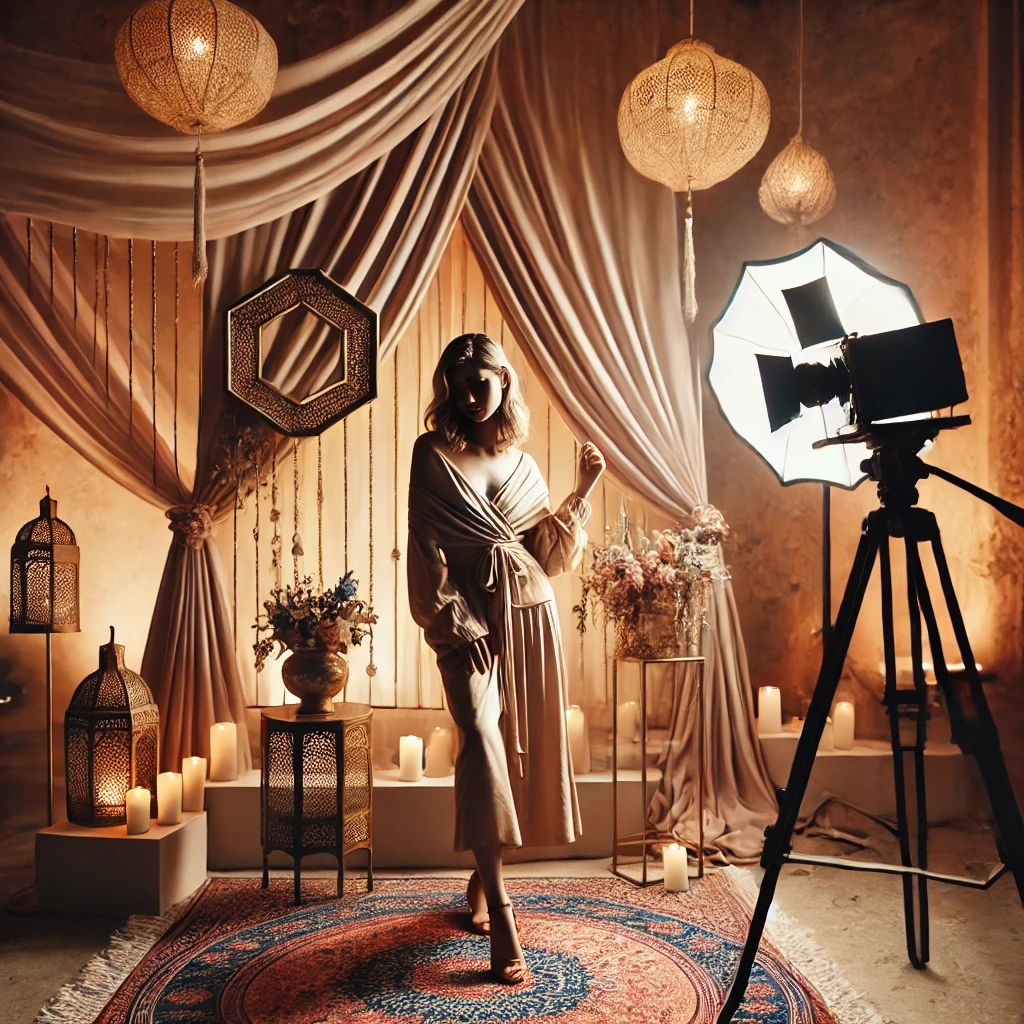
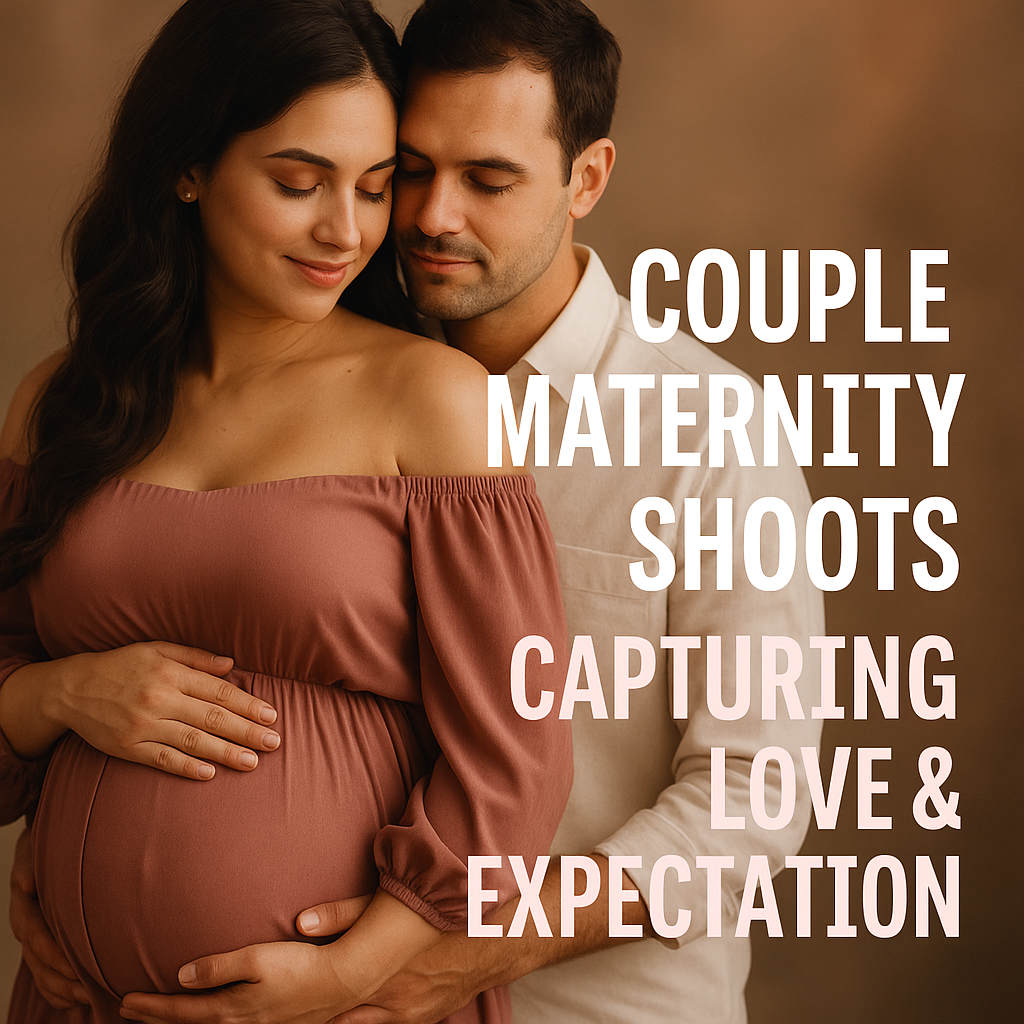

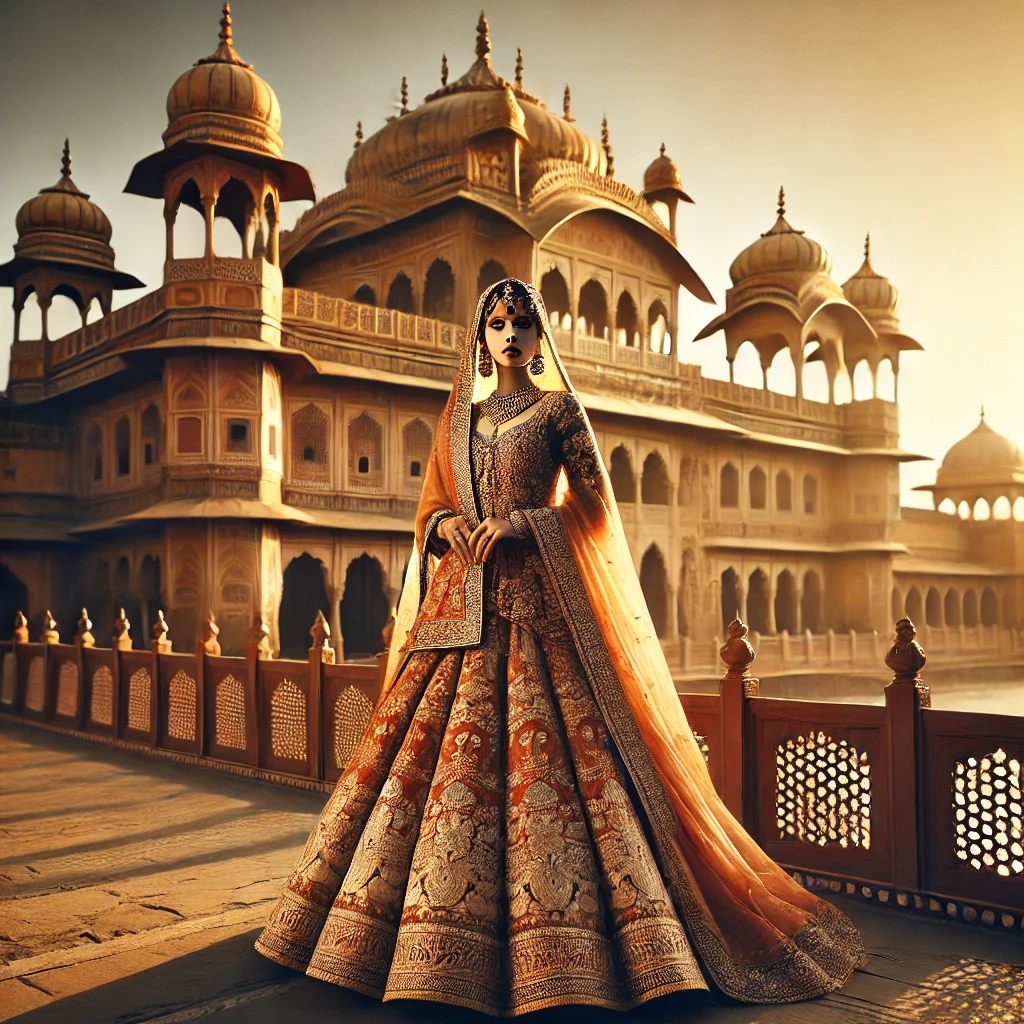
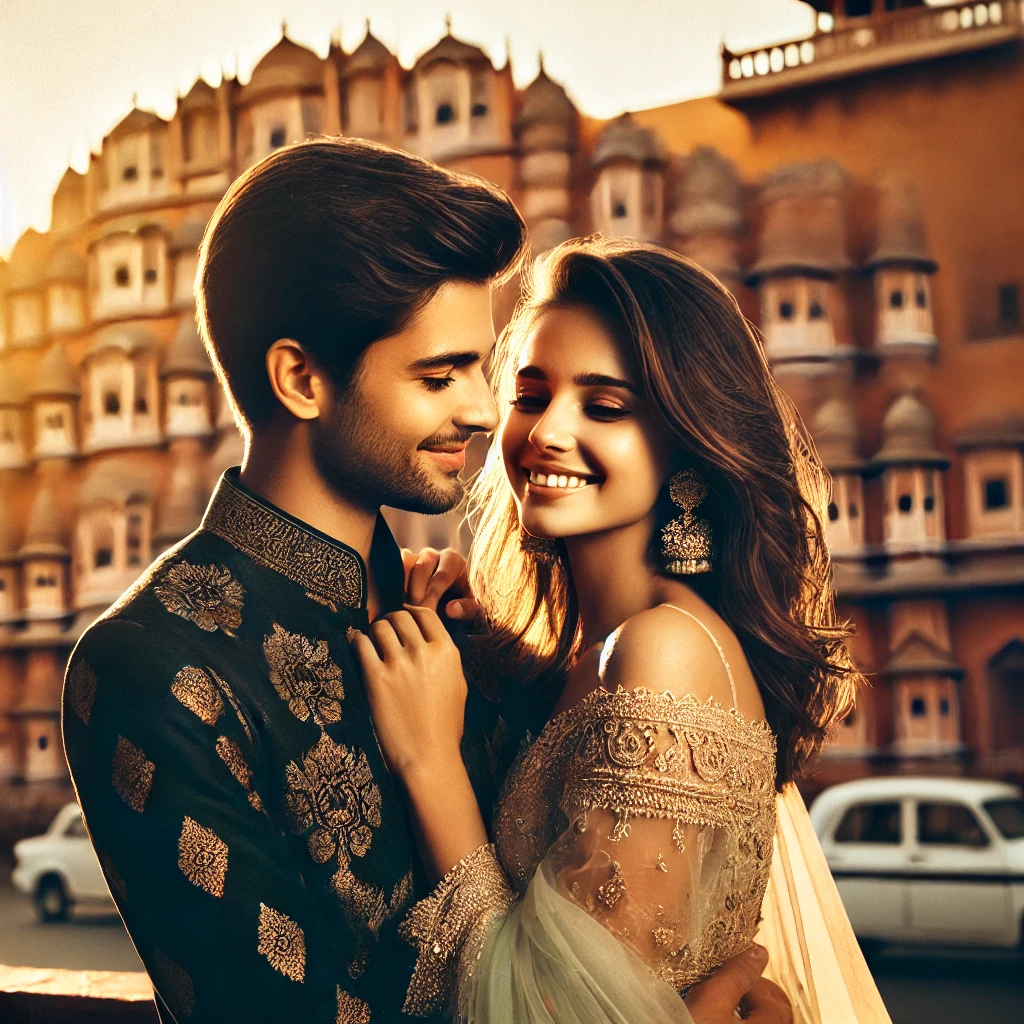
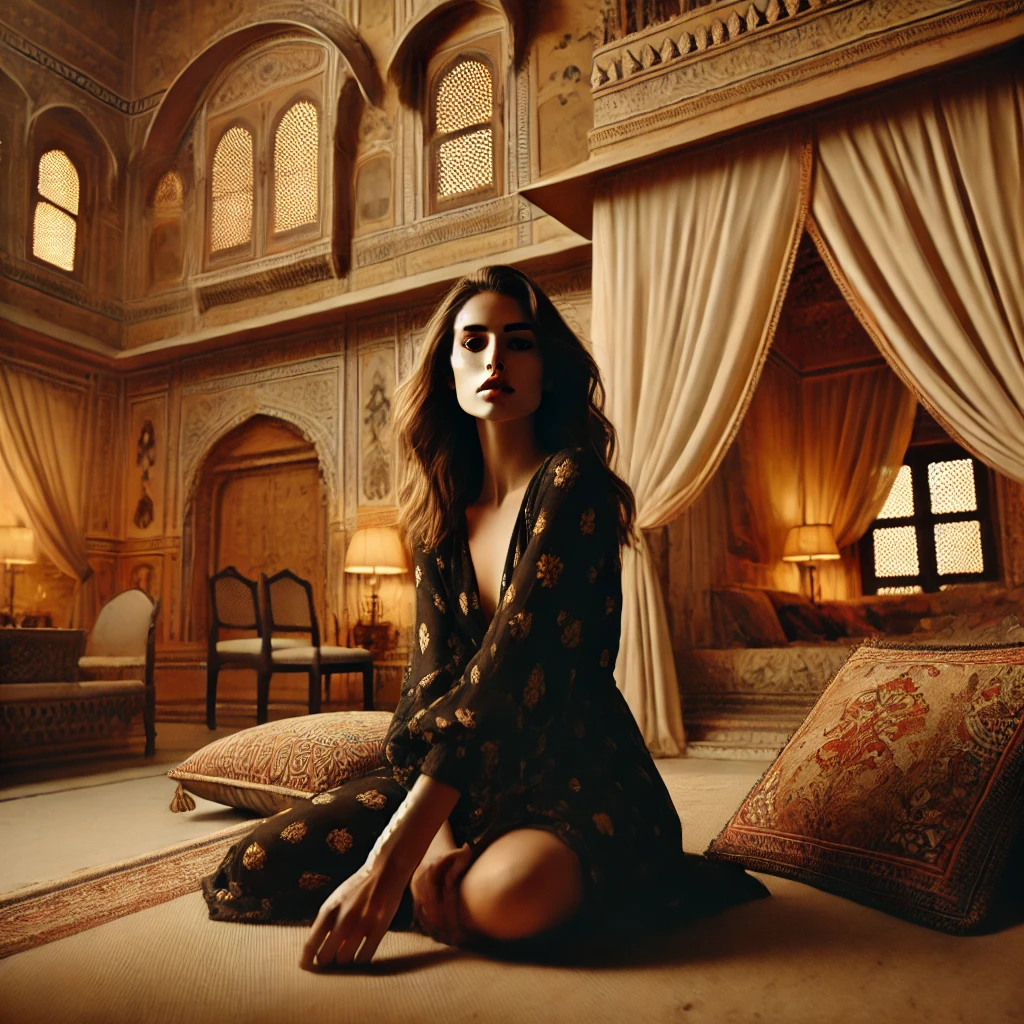
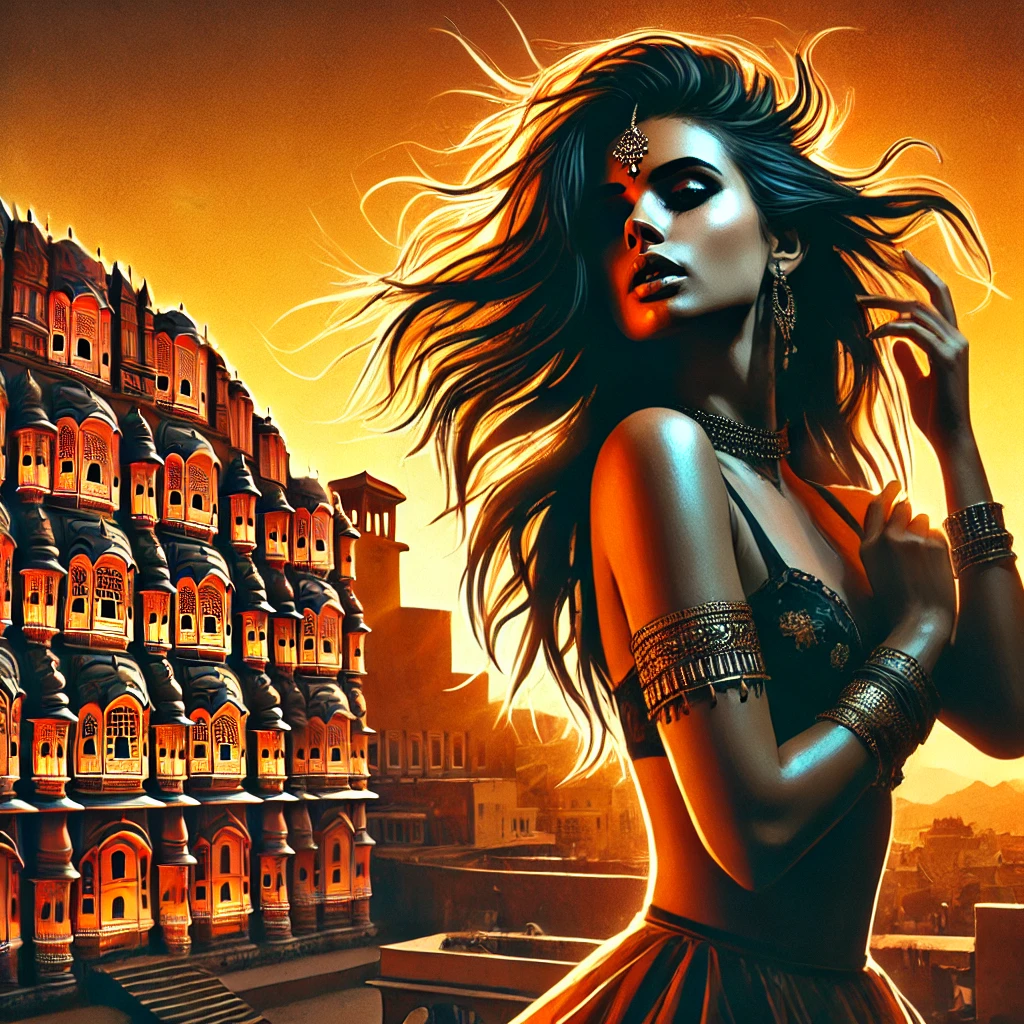
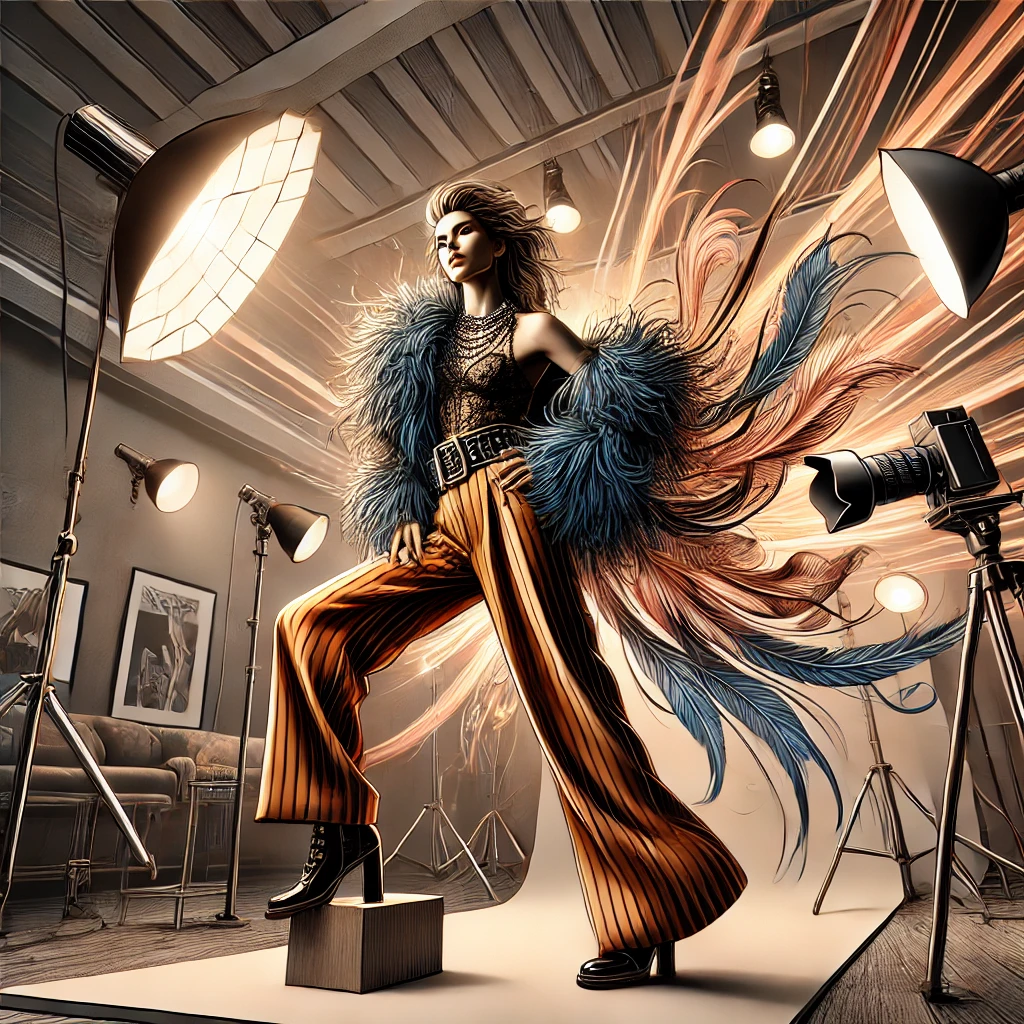


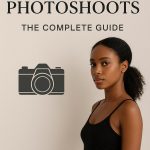
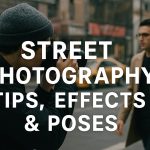

Leave a Reply